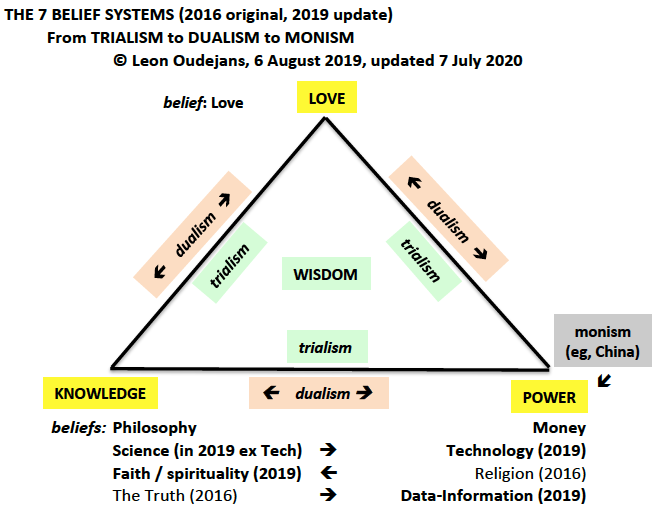
Human Geography of Asia, a rapidly developing field in higher education, is one of the fastest growing. The study focuses on localized environments and their relationships to economics, communities, and cultural values. It is becoming increasingly relevant for students of a range of disciplines, as three of the four largest nations in the world are located in Asia.
Prerequisites
Studying the physical and social geography of Asia requires a thorough understanding of its natural resources and land use. The Indo-China area is the main focus. This region includes many countries and their people.
Topics to be covered
The study of Asia's varied societies and populations is known as human geography. Although the region has historically been predominantly agricultural, urban centers have played an important part. Although the majority of East Asians still live within rural areas, Asian cities are complex, cosmopolitan, and large. They are also the global hubs of commerce, education and technology. Some cities in East Asia are experiencing rapid changes, but others retain their culture and traditional ways.

Various ethnic groups
The various ethnic groups in Asia can sometimes be confusing. These groups might appear to be similar in language and appearance, but they are not all the exact same. For example, the Chinese, Vietnamese, or Korean. Let's take a look at these different groups to get a better idea of their similarities and differences.
Oceanic boundaries
Asia's human geography is divided into several main areas. The Pacific Ocean and the Indian Ocean border Asia to the east and south respectively. Asia is also divided by islands, which are separated by seas or straits. More than 40 countries are represented on the Asian continent. It accounts for one-third the total area of the earth's land. Asia contains many small islands including Taiwan, Japan and Indonesia.
Coastal regions
Coastal regions are areas close to the ocean with high population density. They are often affected by changes in land use, and the environment, as well as human activities. These activities can affect the ecosystems in the coastal regions, but they can also negatively impact them.
Mountains
Asia is home to many mountain ranges. The Himalaya, the largest mountain range on the planet, occupies a small portion of Asia. There are also large deserts and arid plains in the region.

Population dynamics
While the rates of population growth in Asia vary widely, the region is set to grow to five billion people by 2050. India, on pace to surpass China's, is on pace for doubling its growth rate by 2030. While other areas of Asia like Georgia, Kazakhstan, Armenia and Georgia are experiencing slow growth rates, the Middle East has one of the fastest population growth rates.